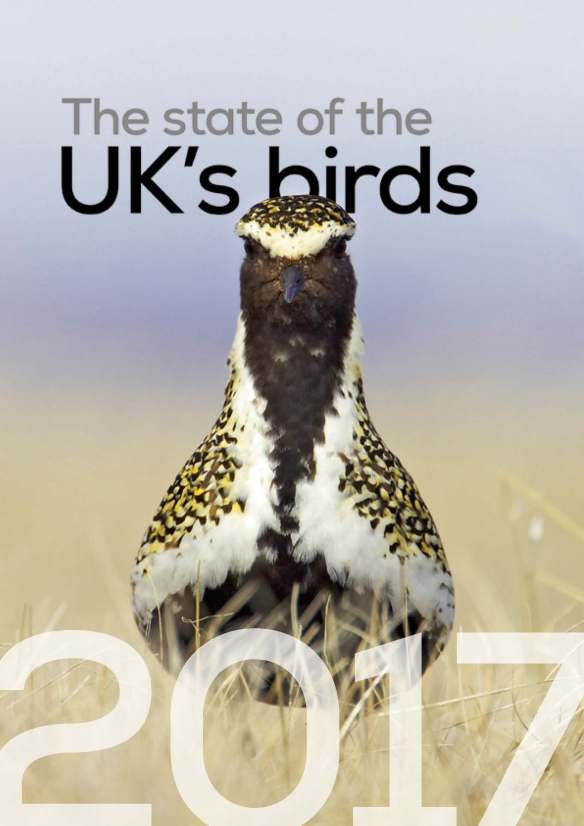 Just published, the latest State of the UK’s Birds Report highlights how our birds are doing. Some of our summer migrants are arriving earlier, the distributions of others are moving north and some are just beginning to colonise. The report is only possible due to the efforts of volunteers who take part in BTO surveys including those throughout the Channel Islands.
Just published, the latest State of the UK’s Birds Report highlights how our birds are doing. Some of our summer migrants are arriving earlier, the distributions of others are moving north and some are just beginning to colonise. The report is only possible due to the efforts of volunteers who take part in BTO surveys including those throughout the Channel Islands.
Headlines
- Climate change will provide opportunities for some species, while others will be more vulnerable
- Birds in the UK are showing changes in abundance and distribution, predominantly moving northwards, in a way that is consistent with a changing climate
- Migratory birds are arriving earlier and egg-laying dates have advanced such that swallows, for example, are arriving in the UK 15 days earlier, and breeding 11 days earlier, than they did in the 1960s
- A large number of bird species are likely to have opportunities for colonisation and range expansion in the UK under projected climate change. Potential colonists include a number of wetland species such as little bittern and night heron. A considerable list of southerly-distributed species have already shown substantial increases in recent years, including garganey, quail and little egret

- Climate change will increase the pressures on species already in decline. A number of our declining rare breeding birds, including dotterel, whimbrel, common scoter and Slavonian grebe, are likely to be at a higher risk of extinction in the UK, based on projections of how climate will become less suitable for them

- The UK’s kittiwake population has declined by 70% since 1986 because of falling breeding success and adult survival. Climate change has reduced the availability of the sandeels they rely upon in the breeding season. Other species that feed largely on sandeels, such as Arctic skua, Arctic tern and puffin, are at high risk of climate-related decline
- National surveys provided updated population estimates for capercaillie and hen harrier and revealed declines for both species
- In the UK Overseas Territories, there are positive signs of recovery for four endemic land birds on Henderson Island and updates on a successful translocation project for the cahow.
Download the full report State of the UK’s Birds 2017 here





Many thanks Glyn, another in depth good read, now all we have to do is spread the word and act upon it collectively.